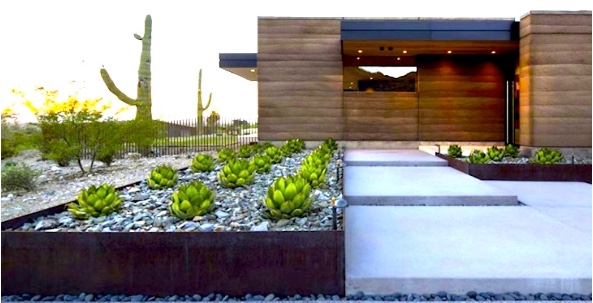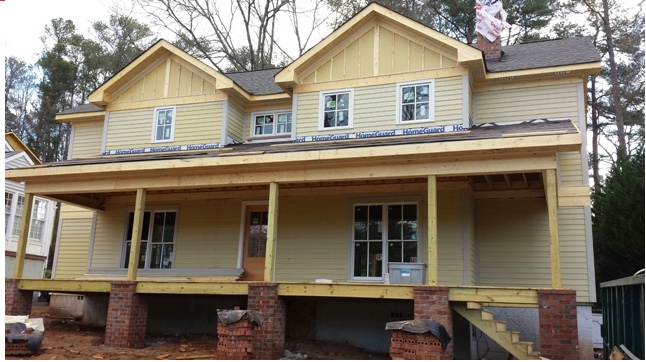Since March is Women’s History Month we wanted to highlight some facts related to women at work including some statistics regarding women who, like us, work in “nontraditional jobs.”
Women at Work Prior to the 19th century, most women who earned a living worked as seamstresses, took in laundry, or kept boardinghouses. By the turn of the century women were primarily limited to factory labor or domestic work. Some women; however, worked in professional jobs such as writing and teaching. According to Compton’s Interactive Encyclopedia: During wartime women have served in the armed forces. In the United States during World War II almost 300,000 women served in the Army and Navy, performing such noncombatant jobs as secretaries, typists, and nurses.
Today, women constituted nearly half of all employed persons in the United States. Only 6.2 percent of employed women worked in nontraditional occupations in 2008.
According to the United States Bureau of Labor Statistics more than one-half of all working women are clustered in 25 of 504 job categories. Excluding teachers and nurses, most of these categories are among the lowest-paid “traditionally female” occupations.
What is a nontraditional job? According to the United States Department of Labor a nontraditional occupation for women is one in which women comprise 25 percent or less of total employment.
Examples of nontraditional jobs for women: Paramedics, police officers, detectives, architects, chefs, barbers, automotive, clergy, computer and office machine repairers, engineers, park rangers, welding, railroad conductors, machinists, truck drivers, fire fighters, building trades, aircraft pilots, construction occupations (like ours), and small engine mechanics. Why do women want nontraditional jobs?
According to AFSCME here are some of the reasons women aspire to hold nontraditional jobs.
• Better pay — 20%-30% more than women in traditionally female jobs.














